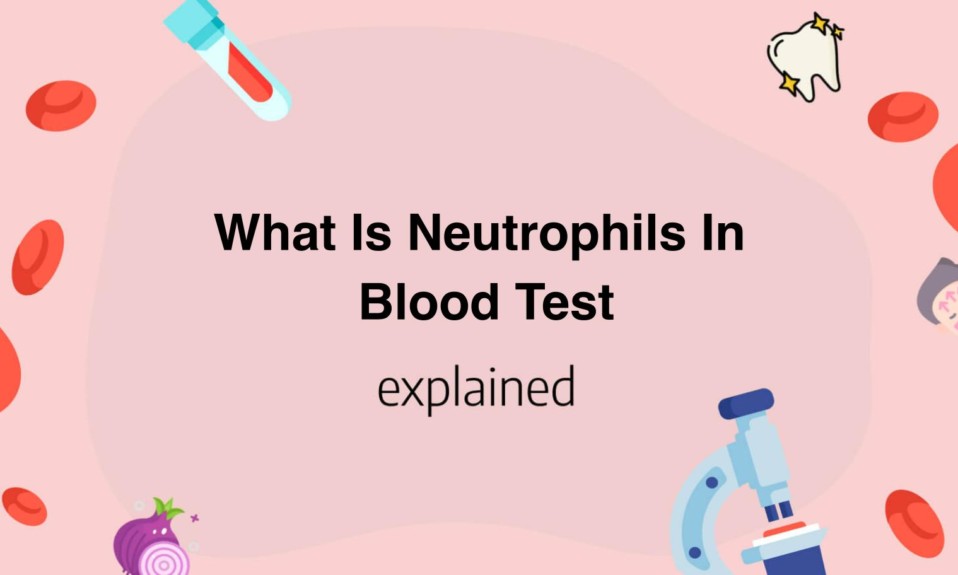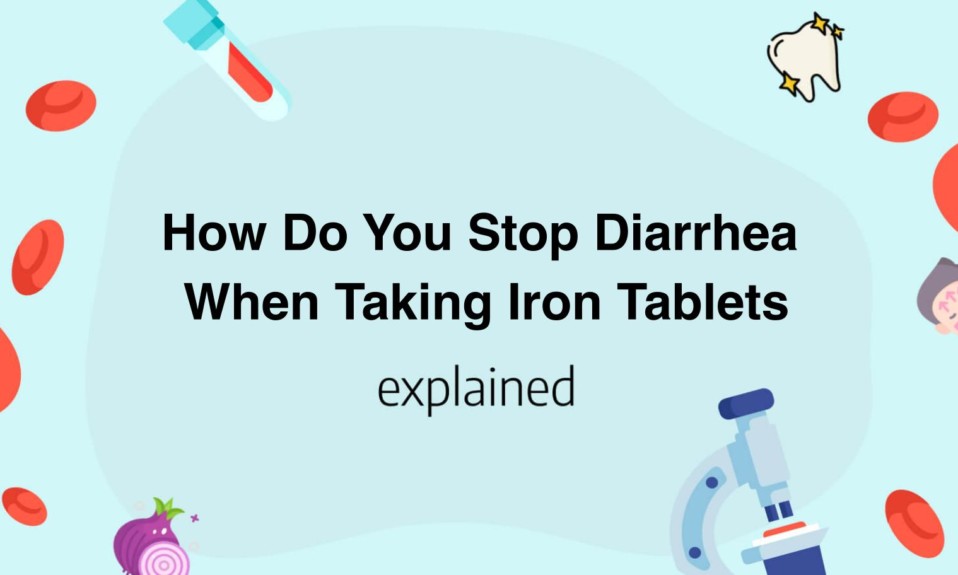If you are suffering from a persistent sinus infection that seems to be affecting every sinus cavity in your face, you may be experiencing pansinusitis.
This condition, also known as sinusitis, is a bacterial or viral infection that causes inflammation in all the sinus cavities in your head.
While it can be uncomfortable and even painful, there are various treatment options available to help you manage the symptoms and get back to feeling like yourself.
In this article, we’ll take a closer look at the definition, causes, and treatment of pansinusitis.
What is Pansinusitis and its Symptoms?
Pansinusitis is a condition that occurs when all of the sinuses are infected or inflamed.
This occurs when the infection or inflammation spreads to all of the sinus cavities.
The symptoms of pansinusitis can be similar to those of other sinus infections, including headaches, facial pain, nasal congestion, and post-nasal drip.
Pansinusitis may also cause fever, fatigue, and toothache.
In some cases, the symptoms may become severe enough to affect a person’s daily activities.
Treatment for pansinusitis typically involves antibiotics to treat the infection.
In some cases, over-the-counter pain relievers and decongestants may be helpful in reducing symptoms.
In more severe cases, nasal irrigation or nasal corticosteroid sprays may be recommended to reduce inflammation and improve drainage.
Patients with prolonged or severe symptoms may benefit from seeing an ENT specialist for further evaluation and treatment.
Prevention is key in avoiding pansinusitis.
Good hygiene practices, such as washing hands regularly and avoiding close contact with people who are sick, can help reduce the risk of infection.
Allergies can also contribute to sinusitis, so it is important to avoid triggers such as pollen or dust.
Staying hydrated and avoiding smoking can also help keep the sinuses healthy.
In conclusion, pansinusitis is a condition that affects all of the sinuses and can cause a range of symptoms, including headaches, facial pain, nasal congestion, and post-nasal drip.
Treatment typically involves antibiotics and other medications to reduce inflammation and improve drainage.
Good hygiene practices, avoiding allergens and smoking, and staying hydrated can all help prevent the development of pansinusitis.
It’s important to seek medical attention if symptoms become severe or prolonged.
Which are the Common Causes of Pansinusitis?
Pansinusitis is a condition that occurs when all sinuses become inflamed.
The sinuses are a system of connected chambers located in the face bones, and when they become filled with fluid and infected, they can cause pressure, headaches, and other symptoms.
There are several common causes of pansinusitis, the first of which is allergies.
Allergens such as pollen, dust, and pet dander can irritate the sinuses and trigger an inflammatory response.
Another common cause is a viral infection such as the common cold or flu.
These infections can cause a buildup of mucus in the sinuses, leading to inflammation and discomfort.
Bacterial infections can also cause pansinusitis, typically as a complication of an untreated cold or allergy.
Chronic inflammation of the sinuses, known as chronic sinusitis, can also lead to pansinusitis if left untreated.
Structural abnormalities such as a deviated septum or nasal polyps can also contribute to the development of pansinusitis.
Environmental factors such as pollution or smoking can exacerbate sinus issues, making it easier for infections to take hold.
Ultimately, the underlying cause of pansinusitis will determine the most effective treatment options.
Over-the-counter medications, nasal sprays, and saline rinses can provide relief for mild cases of pansinusitis, while more severe cases may require antibiotics or surgery to correct structural abnormalities.
Regardless of the cause, anyone experiencing symptoms of pansinusitis should seek medical attention promptly to avoid potential complications.
Understanding the Diagnosis Process for Pansinusitis
Pansinusitis is a condition where all the sinus cavities are inflamed.
This can occur as a complication of a viral upper respiratory infection or allergies, but it can also be seen in more serious conditions such as fungal infections or immune system disorders.
The diagnosis process for pansinusitis typically involves a physical examination of the head and neck, wherein a doctor may feel for areas of tenderness or swelling.
A CT scan or MRI may also be ordered to confirm the diagnosis and assess the severity of the inflammation.
These imaging tests allow the doctor to see the extent of the inflammation and detect any other underlying conditions that may be contributing to the inflammation.
It is important for patients to seek medical attention if they suspect they have pansinusitis, as the condition can cause a range of symptoms, including facial pain, pressure, congestion, headaches, and aching teeth.
The doctor may also perform allergy tests or blood tests to rule out other possible causes of the inflammation.
Treatment options for pansinusitis depend on the severity of the inflammation and the underlying cause of the condition.
Mild cases may be treated with over-the-counter pain relievers, decongestants, and nasal sprays.
Antibiotics may also be prescribed if the inflammation is caused by a bacterial infection.
In more severe cases, corticosteroids may be prescribed to help reduce inflammation.
For fungal infections, antifungal medication may be necessary to treat the underlying condition.
In conclusion, the diagnosis process for pansinusitis involves a physical examination along with imaging tests to confirm the diagnosis and assess the severity of the inflammation.
The condition can be caused by a range of factors, including viral infections, allergies, and more serious underlying conditions.
Treatment options vary depending on the severity of the inflammation and the underlying cause of the condition.
Seeking medical attention and receiving an accurate diagnosis is key to effectively treating pansinusitis and preventing further complications.
You’ll also like: Red Spots on Roof of Mouth: Causes
Overview of Treatment Options for Pansinusitis
Pansinusitis is a condition characterized by the inflammation of all sinuses present within the face.
It is a severe form of sinusitis that can lead to severe pain and discomfort.
There are several treatment options available for pansinusitis, depending on the severity of the condition.
Antibiotics are the most commonly prescribed treatment option.
They aim to kill the bacteria responsible for causing the infection.
The antibiotics prescribed to treat pansinusitis are usually broad-spectrum antibiotics.
This is because the infection can occur from several different bacteria.
Decongestants and Antihistamines are also used to provide relief from symptoms like congestion and runny nose.
They are also used to relieve the pressure building up inside the sinuses.
Surgery is another treatment option used to alleviate the symptoms of pansinusitis.
Functional endoscopic sinus surgery (FESS) is a procedure used for treating chronic sinusitis.
In this surgery, the doctor uses a small camera to clear the blockages inside the sinuses.
This type of surgery has proved to be an effective method for treating pansinusitis.
In conclusion, the treatment options for pansinusitis involve a combination of antibiotics, decongestants, antihistamines, and in severe cases, surgery.
The type of treatment prescribed depends on the severity of the condition, the duration of the symptoms, and the overall health of the patient.
It is vital to take proper care and follow the medication regimen strictly to achieve better results.
If left untreated, pansinusitis can result in chronic sinusitis, leading to more severe complications like meningitis, brain abscess, and facial swelling.
It is crucial to seek medical treatment as soon as possible if you experience symptoms like facial pain, fever, nasal drainage, or headaches.
By following the doctor’s advice, a patient can recover from pansinusitis quickly and effectively.
Read also: What is Commonly Misdiagnosed as Pink Eye
How to Manage Pansinusitis at Home
Pansinusitis is a condition that causes the inflammation of all the paranasal sinuses.
This condition can cause a lot of discomforts, for those experiencing it, and if left untreated, it can lead to other complications.
But, unfortunately, not everyone can afford the costs of going to the hospital for treatment.
Here are some efficient ways to manage pansinusitis at home:
- Stay Hydrated: Keeping hydrated is one of the most important things when it comes to managing pansinusitis. Drinking enough fluids can help thin out mucus and make it easier to get rid of, thus reducing congestion.
- Use Steam: Inhaling steam is a great way to relieve the symptoms of pansinusitis. It helps to loosen up mucus, reduces inflammation, and clears up stuffy nasal passages.
- Warm Compresses: Applying warm compresses over the sinuses can help relieve pain and pressure. It can also help reduce inflammation and improve drainage.
- Nasal Irrigation: This is a process of flushing out mucus and irritants from the nasal passages. It helps to clear up congestion, reduce inflammation, and improve nasal drainage.
- Pain Relievers: Over-the-counter painkillers like ibuprofen and acetaminophen can help relieve the pain associated with pansinusitis. However, it is important to consult your doctor before taking any medication.
You should drink at least eight glasses of water a day.
You can use a humidifier to provide moisture in your room, or you can inhale steam from a bowl of hot water or take a warm shower.
You can use a warm towel or a warm pack, and apply it over the affected areas for at least 10 minutes.
You can use a saline solution to irrigate your nostrils.
You can either using a squeeze bottle or a netipot.
In conclusion, managing pansinusitis at home can be effective if done the right way.
These methods can help relieve the symptoms and speed up the recovery process.
However, if the symptoms persist or worsen, it is important to see a doctor for proper medical treatment.
Read also:









